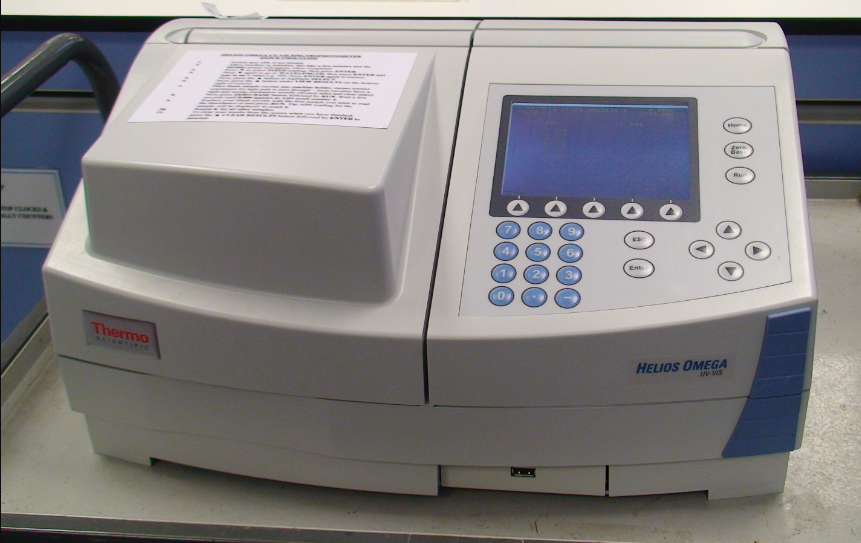You are here
Science Resources: Water and the Law
SIDEBAR: By the Numbers – Measuring Water Quality
Several methods are used to measure water quality:
- Turbidity
-
- Measured in Nephelometric Turbidity Units (NTUs).
- Optical turbidity probes can be used in situ in streams, rivers, and lakes or in a lab setting on collected samples. The probe measures the scattering of light by particulate matter in the water.
- Secchi disks are another, simpler method to estimate turbidity in rivers and lakes. A standardized disk with special markings on it is lowered into the water until it is no longer visible. At this point, a measurement of the depth to the disk is made.
- Total Suspended Solids (TSS)
-
- Measured as a concentration (mg/L).
- TSS is measured by filtering a sample of given volume, drying the filtered sediment, then weighing it.
- USGS has also developed a protocol for estimating TSS in the field using acoustic Doppler meter backscatter. Although this method is less accurate than lab measurements, it does allow for continuous monitoring.
- Dissolved Oxygen
-
- Measured as a concentration (mg/L) or as percent saturation.
- Dissolved oxygen is most commonly measured using a dissolved oxygen probe, calibrated for the temperature and pressure of the water that is being evaluated. Dissolved oxygen probes consist of either an electrode or optical sensor that measures dissolved oxygen in situ as it passes through a permeable membrane. Many modern probes have built-in pressure and temperature compensation.
- Dissolved oxygen concentration of a water sample can also be measured using titration (i.e., Winkler’s Method).
- Biological Oxygen Demand (BOD)
-
- Measured as a concentration (mg/L) using one of the methods described above.
- BOD is measured using a test known as BOD5, where the dissolved oxygen content of the sample is measured at the beginning and end of a five-day window in which the sample is held in dark, incubated conditions. The test is designed to evaluate the amount of organic material available for biological decomposition by aerobic bacteria. As time passes, the bacteria in the sample will consume the oxygen in the water to break down this organic matter, resulting in a lower dissolved oxygen content.
- Heavy Metals
-
- Measured as a concentration (µg/L or ppm) when in water. When measured in sediment or fatty tissue (e.g., in biological samples from fish), concentrations are typically reported in ppm.
- Heavy metal concentrations are measured in a lab using inductively coupled mass spectrometry (IC-MS) or inductively coupled optical emission spectrometry (IC-OES).
- Nitrogen
-
- Measured as concentration (mg/L).
- Field probes can be used to measure ammonia, nitrite, and nitrate levels in-stream, but only when their concentrations are relatively low. Field test strips can also be used to measure these nitrogen species but are less accurate than a probe.
- The nitrate concentration of water samples collected in the field can be measured in the lab using the cadmium reduction method whereby cadmium metal reduces nitrate to nitrite. Nitrite then reacts with an acid to form a diazonium salt that reacts with a reagent to form a pink color that is measured with a spectrophotometer. Total Kjehdahl Nitrogen (TKN) is measured by first “digesting” (heating and acidifying) the sample to convert Kjehdahl nitrogen into ammonia gas, which is then captured in a dilute solution of sulfuric acid. A reagent containing alkaline phenol and hypochlorite is then added to the solution. This reagent turns blue when it reacts with ammonia: the deeper the blue, the more ammonia is present. The concentration can be measured using a color wheel or spectrophotometer.
- Historically, total nitrogen (TN) was calculated by summing TKN, nitrite, and nitrate levels. Because of the costly equipment and increased uncertainty associated with calculating TN based on measured TKN, some labs are moving to alternative approaches to directly measure TN. In one approach, the sample is digested using sodium hydroxide and potassium persulfate to convert all of the nitrogen species to nitrate. Reagents are added that turn pink in the presence of nitrate, and the nitrate concentration is then measured using a spectrophotometer.
- Phosphorus
-
- Measured as concentration (mg/L)
- Total phosphorus is measured using a two-step process. First, the sample is “digested” (heated and acidified) to transform all of the different species of phosphorous in the sample into orthophosphate. Then, a reagent containing ascorbic acid and ammonium molybdate is added to the sample. This reagent reacts with orthophosphate to form a vibrant blue color. The more vibrant the color, the more orthophosphate is present. The concentration can be measured using a color wheel or, for lower concentrations that are less visible to the naked eye, a spectrophotometer. Total phosphorous concentrations of digested samples can also be measured in a lab using inductively coupled mass spectrometry (ID-MS) or inductively coupled optical emission spectrometry (IC-OES).

- Dissolved phosphorus is measured by first filtering the sample, then running the same analysis as used to test total phosphorus. Insoluble phosphorus can be calculated by subtracting dissolved phosphorus from total phosphorus.
- Microcystin
-
- Measured as a concentration (µg/l).
- USEPA recommends a range of lab- and field-based tests for microcystin. Some tests require more analytical skill than others but can provide greater accuracy or allow scientists to better identify the exact toxins present in the sample. Enzyme-linked immunosorbent assays (ELISA) are among the more commonly utilized techniques since they do not require expensive equipment or large amounts of training to run. ELISA uses a set of special absorbant well plates, designed so that a particular antigen or antibody sticks to its surface. USEPA recommends that results obtained using ELISA field test kits be confirmed using a quantitative ELISA lab test or other analytical approach.
